It features his supple line and flat tints of color imbued with lyricism, revealing both the sensuality of feminine forms and a deep tenderness for nature.
The chosen support, a wood-based cardboard, is typical of Lagrange's practice in the 1950s. This material, which he frequently used for his preparatory works for film or tapestry, gives the painted surface a vibrant texture and a rare spontaneity.
Of generous dimensions, this highly sensual composition exudes a strong presence and subtle energy that make it an ideal work for both a discerning modern art collector and an enlightened connoisseur.
Its plastic power and chromatic softness blend perfectly into a modern or contemporary interior, where it will radiate with elegance.
About the artist
Born in 1917 in Arcueil, Jacques Lagrange entered the École nationale des arts décoratifs in 1933 before joining the engraving workshop of the École des beaux-arts in Paris.
In 1937, he collaborated with Raoul Dufy on the decoration of the electricity pavilion at the Paris International Exhibition—a founding experience in an artistic life marked by the alliance of drawing, color, and scenography.
Mobilized in Angers during the war, he discovered the famous Apocalypse Tapestry there, which would have a lasting influence on his taste for monumentality and decorative composition.
From 1944, he set up his studio in Arcueil and, from 1945, participated in the first Salon de Mai, to which he remained faithful throughout his career. His works were presented at the Galerie de France in 1946 and 1953, then at the Galerie Villand et Galanis from 1955, alongside Roger Chastel, Maurice Estève and Charles Lapicque.
Close to Jacques Tati, he became his co-writer and artistic advisor for Les Vacances de Monsieur Hulot (1953), Mon Oncle (1958), Playtime (1967), Trafic (1971) and Parade (1974).
This fruitful collaboration between painting and cinema illustrates Lagrange's ability to transpose the plastic rigor of his art into the world of movement and decor.
Also a decorator for Jean Vilar at the TNP (notably for Ubu in 1958), he created several monumental works integrated into modern architecture, including a 600 m² ceiling for the Tour Croulebarbe (known as the Albert Tower, 1957-59) and a marble floor for the Faculty of Sciences at Jussieu (1967-72).
Professor at the École des Beaux-Arts in Paris, director of the engraving workshop, creator of numerous tapestry cartoons in Aubusson, Jacques Lagrange was a true renovator of contemporary French tapestry.
Le Bénézit devotes three columns to his biography, testifying to the lasting recognition of his work. From 1967 to 1992, he lived in Creuse, in Saint-Martial-le-Mont, where he pursued a work combining nature, memory and poetic abstraction.



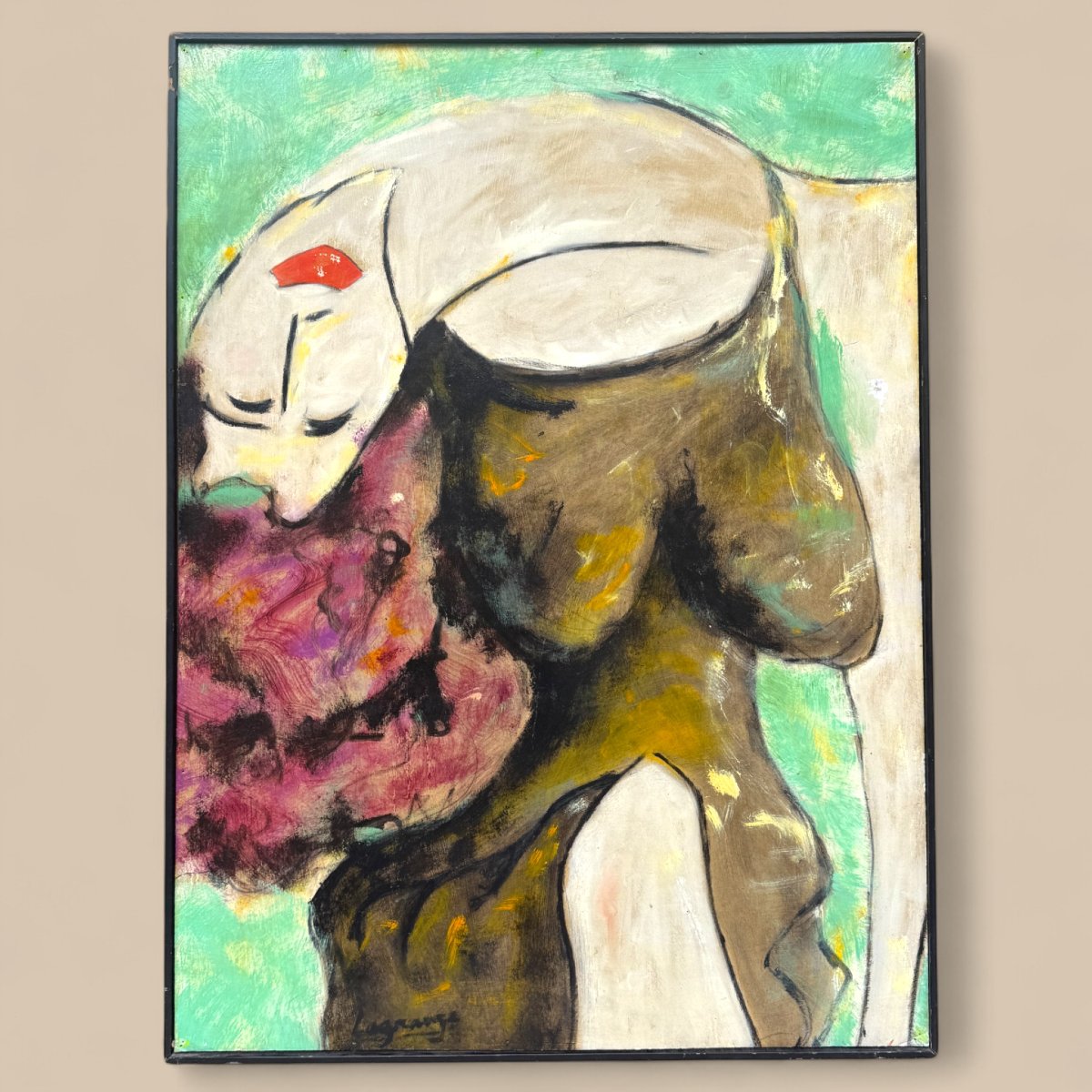
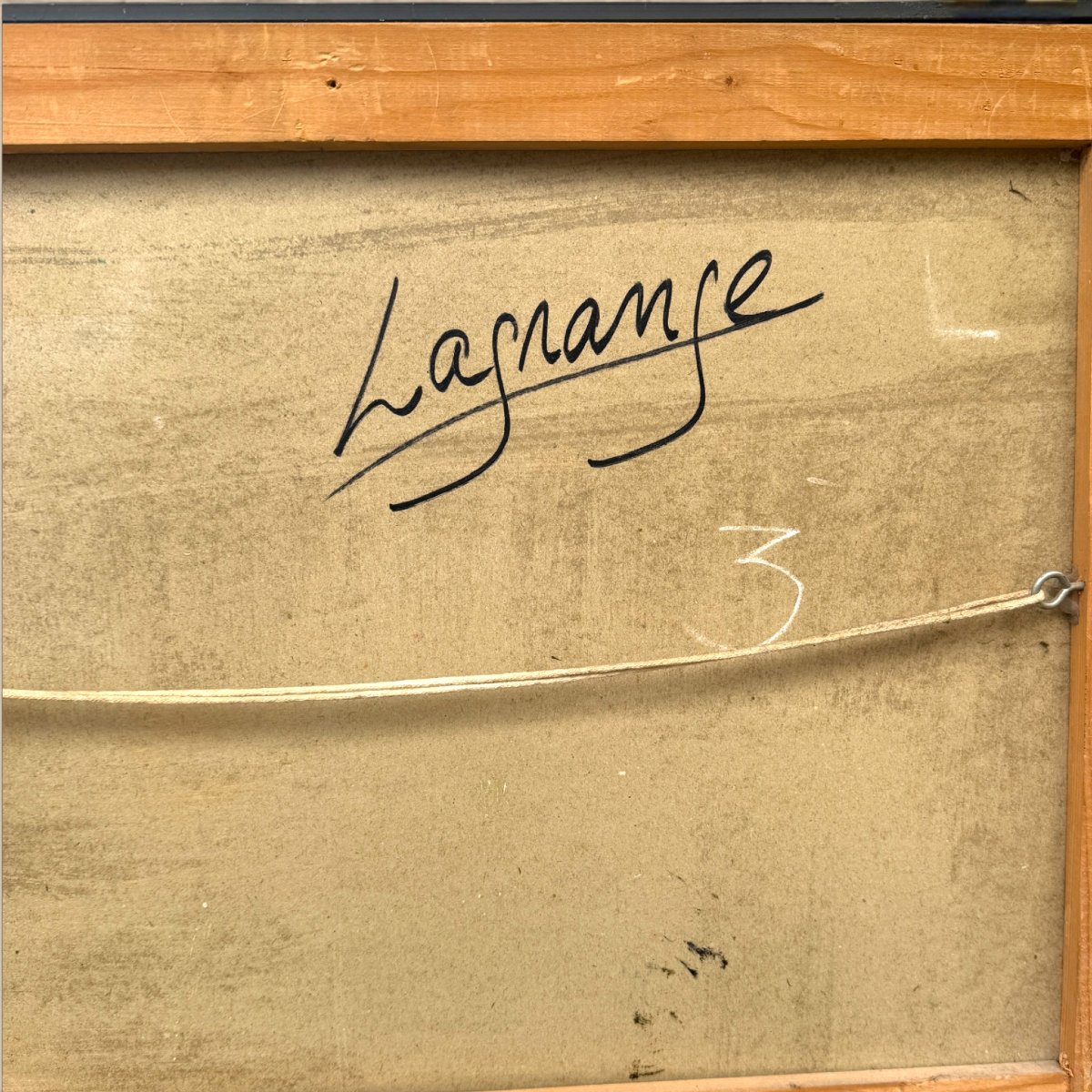
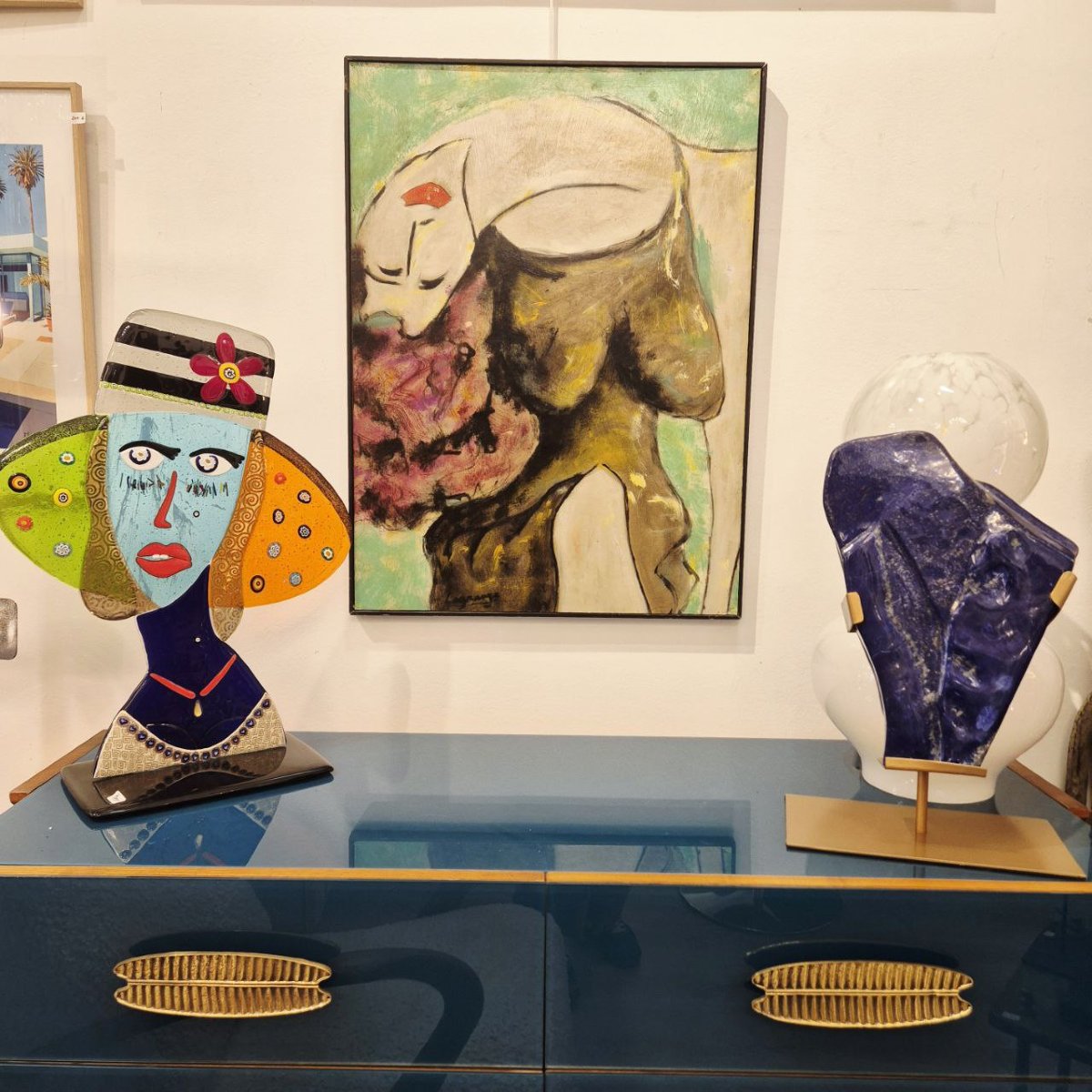

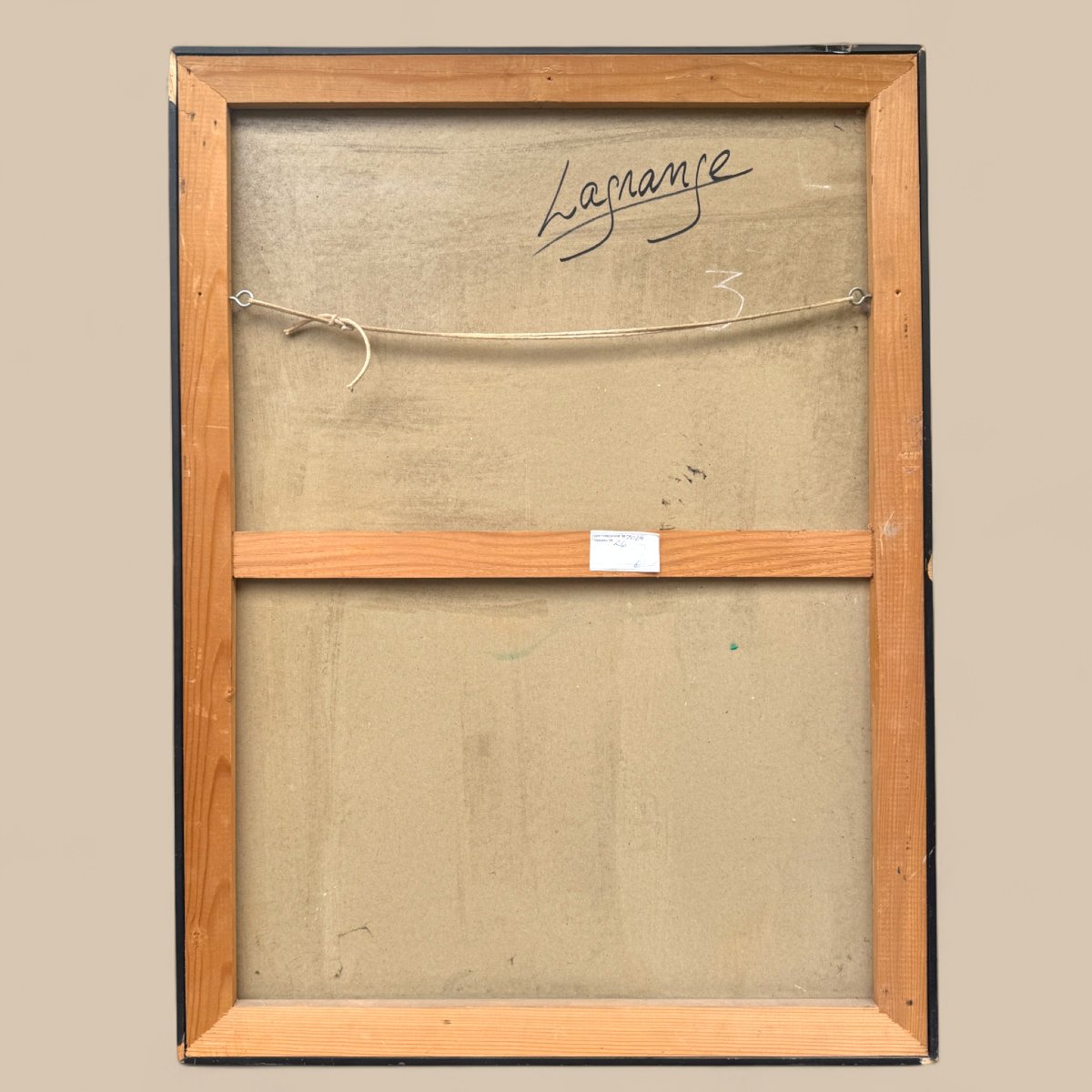

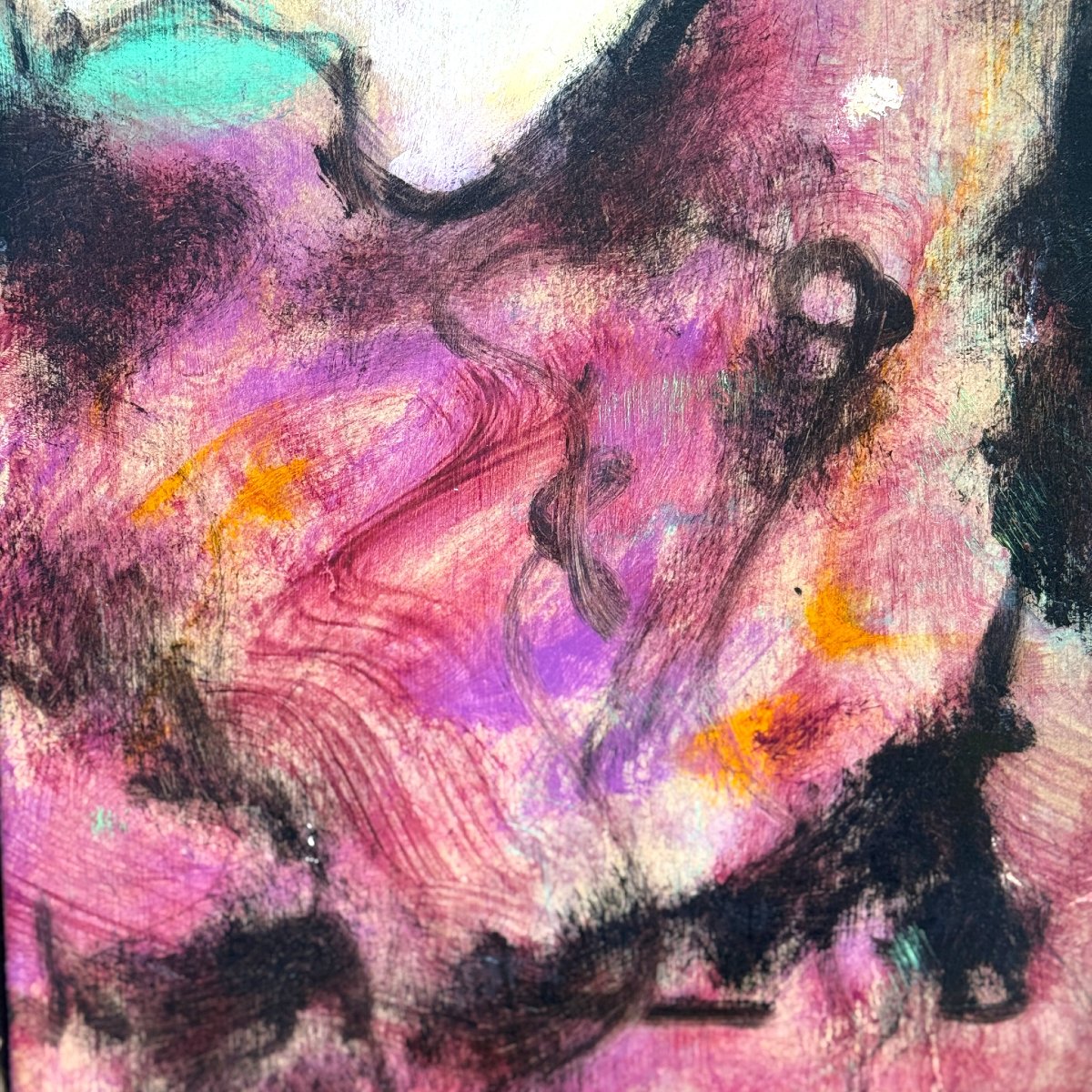




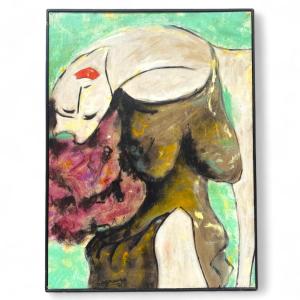












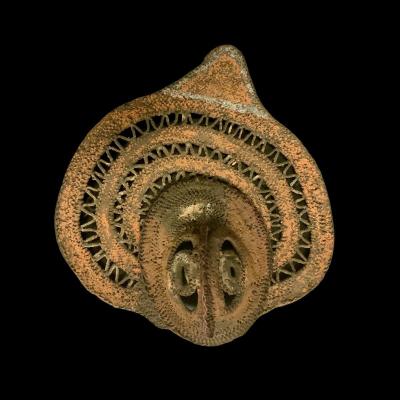

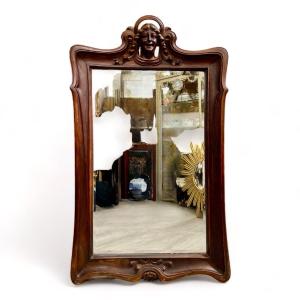





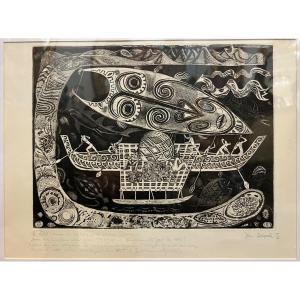
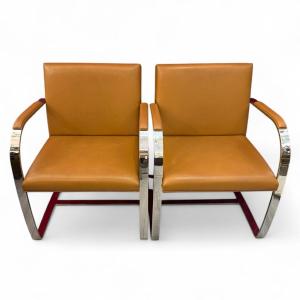



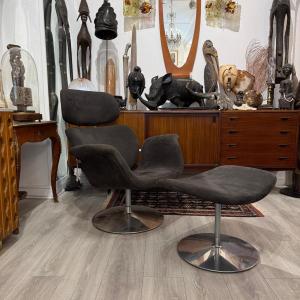
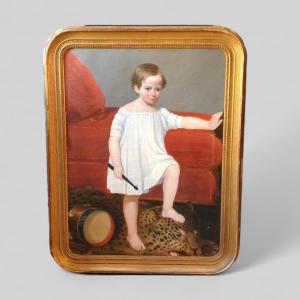




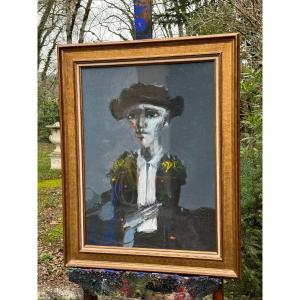



 Le Magazine de PROANTIC
Le Magazine de PROANTIC TRÉSORS Magazine
TRÉSORS Magazine Rivista Artiquariato
Rivista Artiquariato